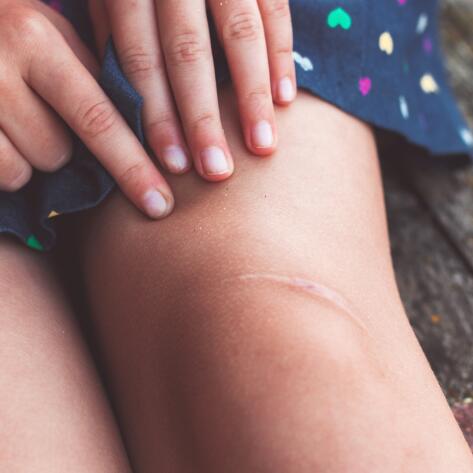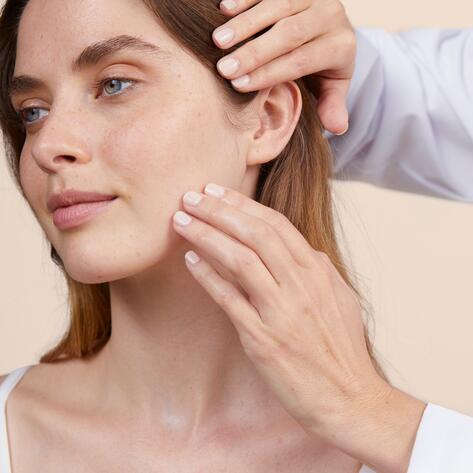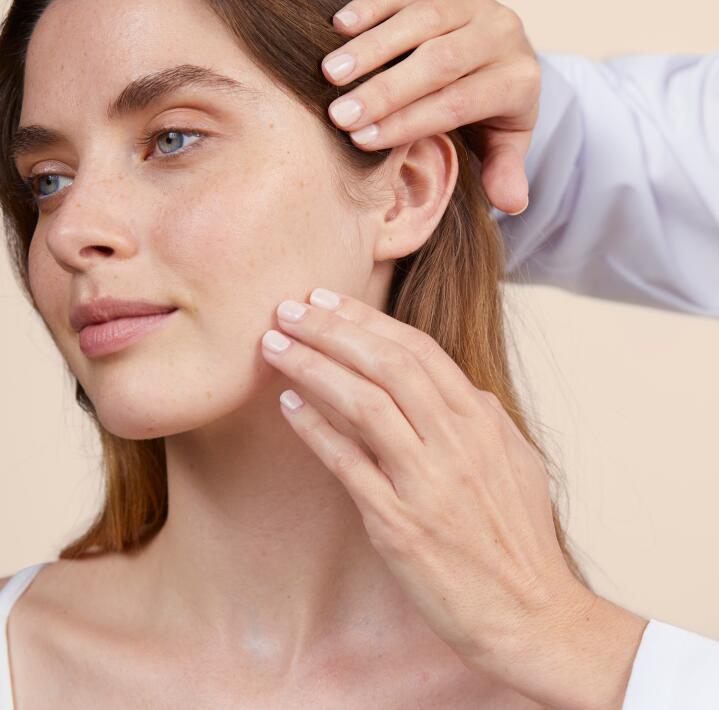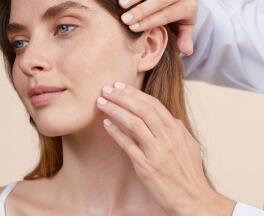Repairing
Scar healing: When your skin is injured, the natural healing process starts automatically. If the initial "wound" was deep, the closure results in the rapid repair of the epidermis, but the appearance is not exactly that of normal skin: a scar is left behind. The scar will improve, reshape itself over time, and may even disappear completely one day, several months after it has formed. In some rare cases, there can be real healing problems. By taking up the right habits to care for your scars from the start, you can support your skin in the delicate process of “good scar healing”, giving yourself the best chance of fast, good quality skin reparation. Your mantra to achieve this applies equally to acne scars, tattoos and post-surgery scars: prevention is better than cure.





